One of the first crops that gardeners begin to plant is onions. This plant has a large varietal selection, which very often confuses novice gardeners and gardeners. After all, it can be quite difficult to choose a plant without knowing its characteristics. In this article, we will consider the best varieties of onion sets.
How to choose a good set
Before choosing a seed that will be subsequently planted, you need to make sure that this is a really good choice. You can buy sevok in the store or prepare it yourself. But in any case, it is necessary to proceed from the criteria for choosing a suitable seedling.
Sevka selection criteria:
- taste characteristics. First of all, you should start your choice with this parameter, because it is because of this that onions are grown;
- the form. This criterion depends only on varietal diversity and taste characteristics. After all, few will plant onions just because they are round;
- resistance of the variety to temperature indicators, as well as humidity. Onion sets respond to these factors by reducing their growth activity. Therefore, remember that the more the onion is transported, pulled, the sooner it will start to grow and begin to sprout;
- the smell emanating from the onions should be characteristic of onions. There should be no smell of rot, dampness, mold;
- good specimens should have dried onions in a small amount (no more than 1%);
- dried onions should rustle. This is a sign of a good set;
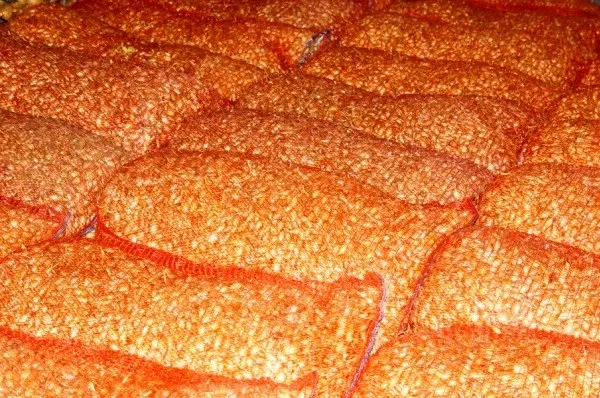
- all bulbs must correspond in shape and color to the characteristics of the selected variety;
- appearance. Bulbs should be dense and have a flat surface. They must be free from signs of disease, pest activity, rot or deterioration;
- the color of the bulbs should be uniform, without various spots;
- there should be no mechanical damage on the set;
- bulbs must be dry. In case of contact with wet specimens (their color is slightly darker), it will be enough just to dry them;
- the seller must indicate the exact name of the variety, as well as its characteristics and shelf life. This is a necessary condition, since varieties of onion sets have different species parameters, on which germination and yield directly depend. These parameters should also be indicated on the packaging.
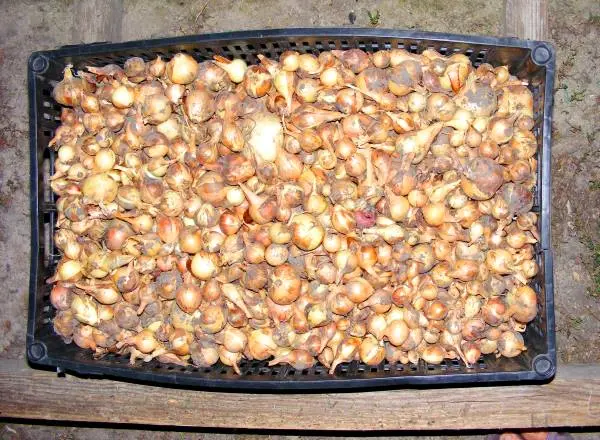
In addition to these criteria, the size of the bulbs is not the last. Seeds for this indicator are divided into the following groups:
- small nested varieties. This group includes plants having a bulb size of 10-15 mm. Such bulbs can be planted before winter;
- medium-sized varieties. The group combines plants with bulbs of sizes 15,1-22 mm;
- multi-celled varieties. This includes onion species having a bulb size ranging from 22,1 to 40 mm.
Onions belonging to the second and third groups are stored until spring and only then planted in the ground. Larger sets can be used to produce green feathers in winter and spring.
There is another classification of onion sets according to their size:
- fine fraction – 8–14 mm. The best size for winter planting. This fraction is not suitable for spring planting. Their bulbs do not give arrows. However, due to their small size, such sets often freeze out. Plants with such bulbs can be three weeks behind in maturation from sets of the middle fraction. When planted on nutrient-poor soils, it forms small onions;

- the middle fraction is 14–21 mm. Often used for winter planting. Bulbs also do not form arrows. Optimal size for spring planting;
- large fraction – 21–24 mm. It is used for winter planting and is planted only for greenery. In the case of spring planting, it can form arrows (some varieties are given in case of early planting or improper storage). A big plus of this fraction is that it is guaranteed to ripen and harvest. Such a fraction is advised to plant the most novice and inexperienced gardeners;
- coarse fraction – 24–30 mm. This faction appeared on the market relatively recently. The advantage of this group lies in the low stage. Used for winter planting and only for greenery. Spring planting is carried out similarly to the previous fractions;
- very large fraction – 30–40 mm. Used for greenery. Does not shoot, but only if properly stored. Experts recommend warming up the bulbs before planting the soil.
Today on the market you can find sevok and larger sizes. But such bulbs have a high probability of shooting. This bow is not very suitable for planting.

Using a set of one fraction has the following advantages:
- high uniformity of planting material;
- when using homogeneous planting material, there is an increase in yield growth up to 20%;
- onions grow to predictable sizes;
- the maximum correlation of plant ripening terms is provided.
Therefore, the choice of onion sets should be carried out depending on the time of planting and its purpose. The most optimal bulb size for their further normal growth is 1-2 cm.
Benefits of using sevka instead of seeds:
- the opportunity to get a crop can be much earlier;
- the culture has a faster development, which has a positive effect on the quality of the crop itself at the end of the growing season;
- the plant has a stronger and more powerful root system. This property is of great importance when growing plants on dry soils;
- plants grown from sevka are less susceptible to the negative effects of weeds;
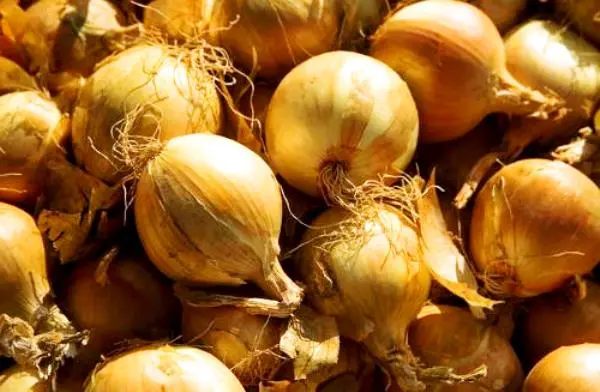
- in the case of onion growth on light soils, yield loss due to wind erosion is minimal;
- onions tolerate mechanical processing well.
The choice of onion sets should be approached thoroughly, since the yield and growth rate of plants depend on this stage.
Top Grades
In addition to choosing good planting material, not the last place in horticulture and horticulture is the choice of onion sets. They differ from one another in terms of basic characteristics, as well as ripening time, price and yield.
Description of the most popular onion varieties that are used as sets:
- Sturon – is considered one of the best varieties of onions. Characterized by early maturation. Onion has a semi-sharp pleasant taste. Its bulbs are medium to large in size. They are unilocular. The mass of one bulb ranges from 90-100 to 140-150 gr. The variety has a stable and excellent germination and yield. Not used for growing on greens. The advantage of this variety is that the harvest is carried out 8 or even 12 days earlier than other plants. Grown in northern latitudes (Our Country, Northern Europe, Scandinavia). It is highly resistant to various diseases. Grown for commercial purposes. Onions of long storage;
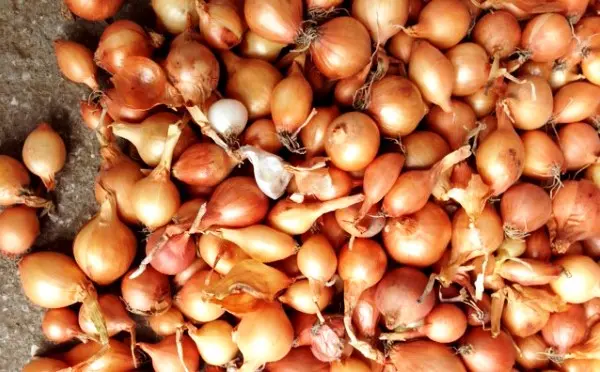
- Stuttgarter Riesen is the most famous early ripe variety. Grows in our area. The bulbs are medium to large in size. They are flat or flat-round, of a dense consistency. It has a pronounced spicy taste. The mass of one bulb is from 50–94 to 150–300 g. It contains a large amount of vitamin C. It is possible to propagate by sets, seedlings and seeds. A significant disadvantage of the plant is susceptibility to diseases such as downy mildew and neck rot. High yield, germination and excellent keeping quality. Plastic grade, exacting to watering, loosening and weeding. Bulbs are stored up to 6 months;
- Centurion. It is a new breeding variety Stuttgarter Riesen. The shape of the bulb is uniform and elongated. The mass of one onion is about 110–150 g (it can reach 180 g). The bulbs keep well (up to 8 months). The taste is spicy or semi-sharp. Under favorable conditions, 100% germination is possible. The yield is high. The variety is resistant to most diseases. Grow to get sevka, but not to get greens. Characterized by high resistance to shooting, increased keeping quality. Grown commercially;
- Hercules. A hybrid mid-early variety with one of the largest round bulbs. It grows well throughout Our Country. The shape of the bulbs is broadly elliptical, and the mass is about 160 g. The taste is spicy. High yields have been described. The variety is well kept. The plant is resistant to onion fusarium, bottom rot, pink rot;
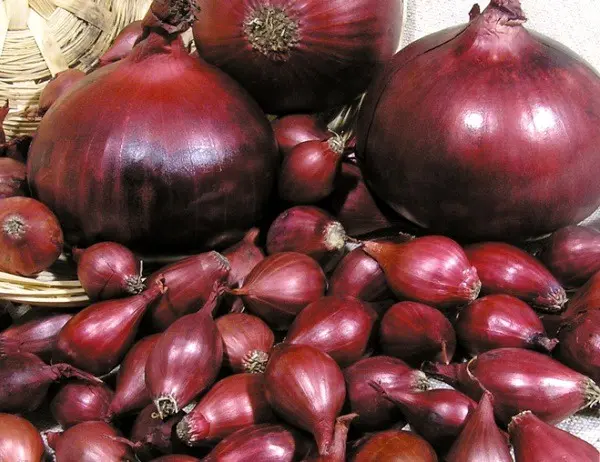
- Red Baron. An excellent early variety of red/purple onions. The bulb is round and has a mass of 25-40 to 130-150 g. They are well stored. The taste of the bulbs is pleasant and semi-sharp. Valued for stable yields, as well as for excellent maturation. Requires regular watering, loosening and weeding. Propagated by seedlings, seedlings and seeds. Due to its excellent taste, it is often included in salads or eaten fresh.
In addition to these varieties, there are other fairly widespread varieties:
- Shtur BS-20. Mid-late new variety. Its bulbs have a smooth rounded shape. They contain a lot of dry matter. The husk is yellow. Characterized by long-term preservation;
- Orion. Exclusive early ripe hybrid English variety. Gives perfectly rounded and large bulbs. Their weight is about 150-200 g. It is well kept. This variety is especially preferred by gardeners;
- Stardust. Medium early variety. Bulbs have a pleasant and semi-sharp taste. Described good germination and productivity. In shape, they are even and round, large in size. The mass of one bulb is about 30-50 g. Propagated by seeds and sets. Can be stored for a long time;
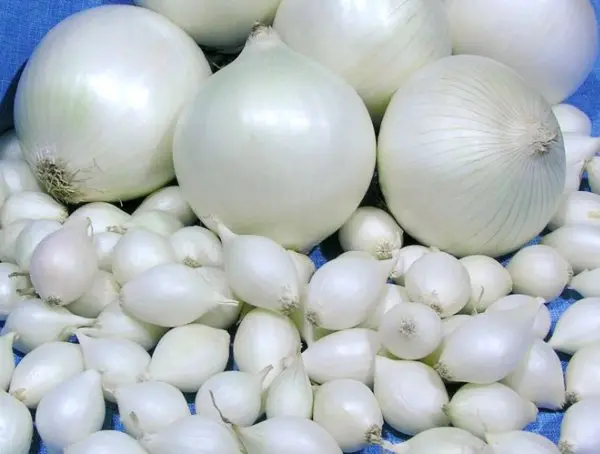
- Carmen. A type of red onion. The taste of the bulbs is slightly spicy. They have an average density and a rounded shape, which is slightly flattened. Contains a lot of vitamin C and dry matter. The mass of one bulb ranges from 50-80 to 100-120 g. 90-100% ripening and good keeping quality are described. Propagated by sevka, seeds and seedlings;
- Chalcedony. Mid-season variety. The bulbs have a pungent taste. The mass of one bulb is 85-100 g. Good keeping quality is described. It is affected by small rot, but is resistant to peronosporosis, neck rot. It is also grown for greenery. Variety of universal use.
- Ellan. Early elite variety. The bulb is round or elongated. Mass of bulbs up to 300 g. Resistant to various pests and diseases.
As you can see, the choice of varieties of onion sets is truly huge. Among this variety, each gardener will be able to find the most suitable variety or even several varieties for himself.
Video “Varieties of onion sets”
In the video, an overview of the most popular varieties of onion sets. Brief characteristics of varieties, criteria for choosing bulbs for planting, planting tips.
Author: Svetlana Galitsina
Loading…









